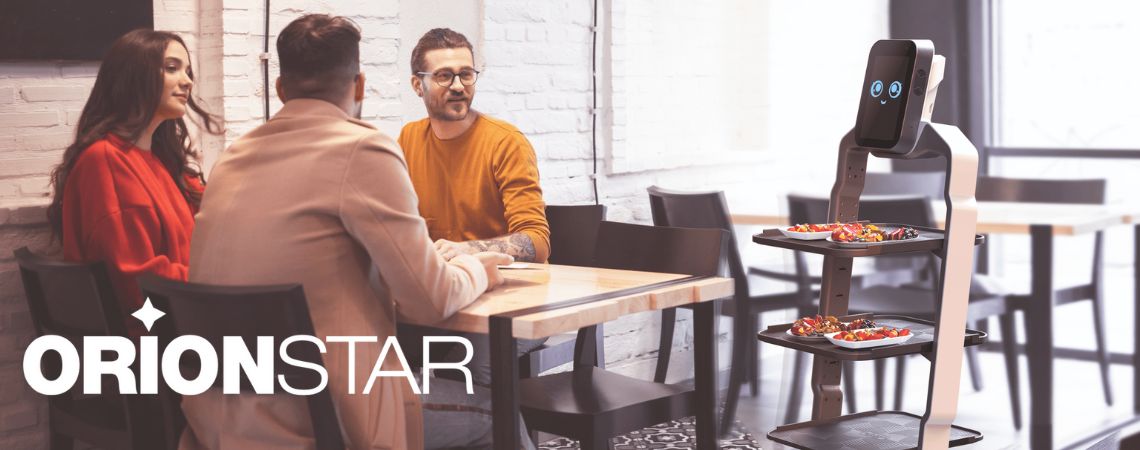Since 2016, OrionStar Robotics has been a global leader in service robotics and smart automation. The brand’s goal is to use technology to free employees from redundant and tedious tasks, allowing them to focus on more creative and meaningful tasks. By March 2023, OrionStar had deployed more than 48,000 robots in over 40 countries. Here’s a closer look at a few successful projects in various sectors: restaurants, supermarkets, factories, public services…
Red Printing factory in Korea
The Red Printing factory in Korea has successfully used OrionStar’s LuckiBot robots to improve overall factory efficiency. Previously, the production facility handled around 5,000 printing material per day (business cards, posters, photobook, etc). Crafting these goods includes steps such as cutting, buttons manufacturing or packaging. Semi-finished products and components were transported by hand using small carts. Different people were in charge of this transfer, with no specific staff assigned, leading to interruptions and potential mistakes. The physical load on workers was also significant, affecting their performance and overall well-being.
Inspired by waiter robots in restaurants, Red Printing factory decided to implement two LuckiBots, planning their paths to manage the different volumes of materials transferred and the delivery points at each stage of production. The robots were also customized with background music. Different screen colors allow the staff to easily identify their specific tasks.
This automation not only improved operational efficiency, it also lightened the physical workload of employees, creating a more comfortable working environment.
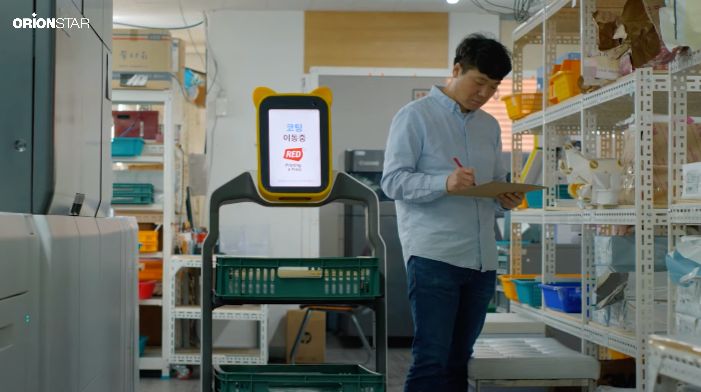
Human-robot collaboration: robots relieve humans of tedious physical tasks
SHAAZ restaurant (Malaysia)
The SHAAZ restaurant, which attracts around 1,000 customers a day, has integrated four OrionStar robot waiters to meet the high demand for beverage deliveries. These robots handle an average of 434 deliveries every day, over a total distance of 18 kilometers. This automation has enabled staff to spend more time on other tasks, reduced the pressure of juggling multiple tasks, increased the restaurant’s overall efficiency and reduced waiting times for customers.
OrionStar robots have also highly improved the service quality during rush hours. The robots making flawless delivery each time, helping the restaurant to maintain a high level of service.
Central Food Hall and Tops Market (Thailand)
At Central Food Hall and Tops Market, LuckiBot robots offer customized recommendations, exclusive promotions and interactive engagement to enhance customers’ shopping experience.
LuckiBots operate in cruise mode, providing product details and browsing around the store to showcase promotional items. When in navigation mode, they can guide customers to specific areas to make shopping easier and save them some time.
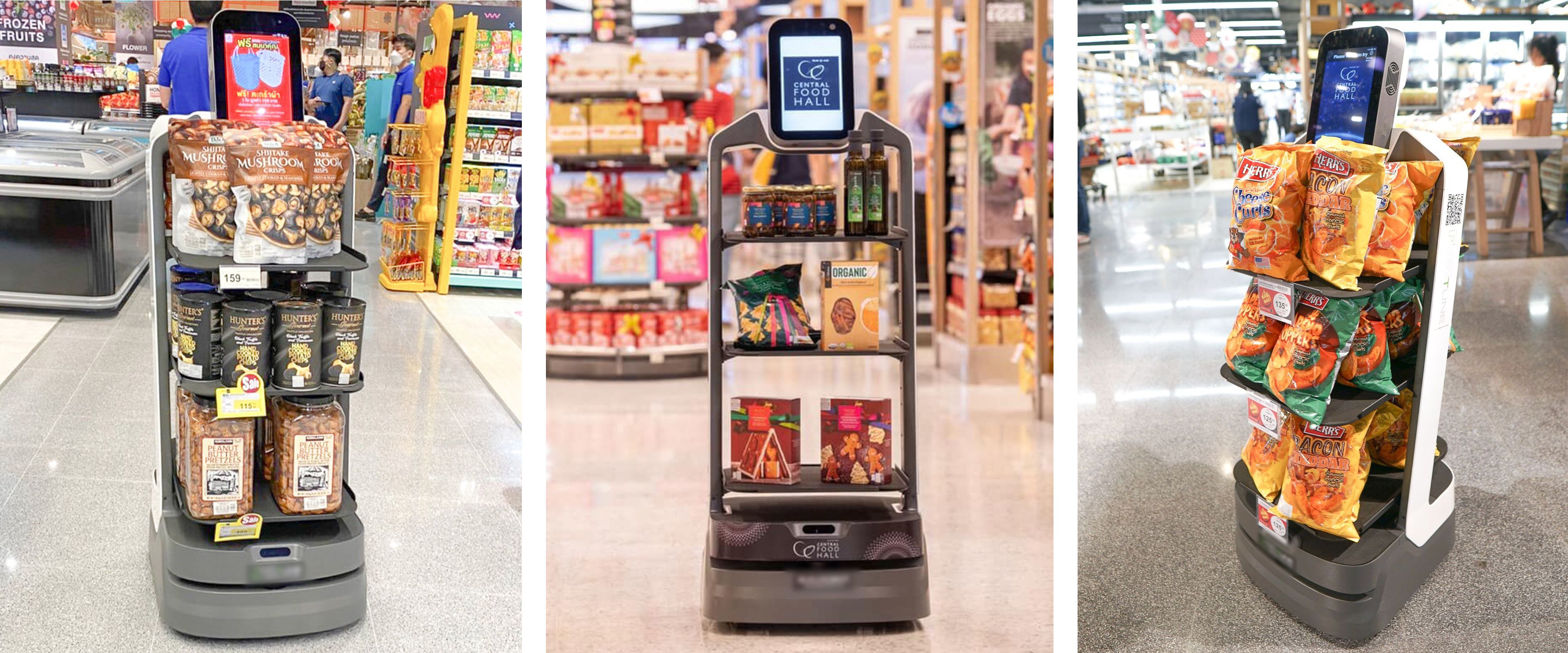
PepsiCo event (Ecuador)
LuckiBot took part in an event organized by PepsiCo in Ecuador. The robot was customized in the brand’s colors, and videos and images were displayed on its screen. During the event, LuckiBot carried PepsiCo products on its tray, offering participants a fun and non-intrusive way to discover and taste the products. LuckiBot’s success at the event showed its potential in advertising and marketing events, for its ability to promote brands and products.
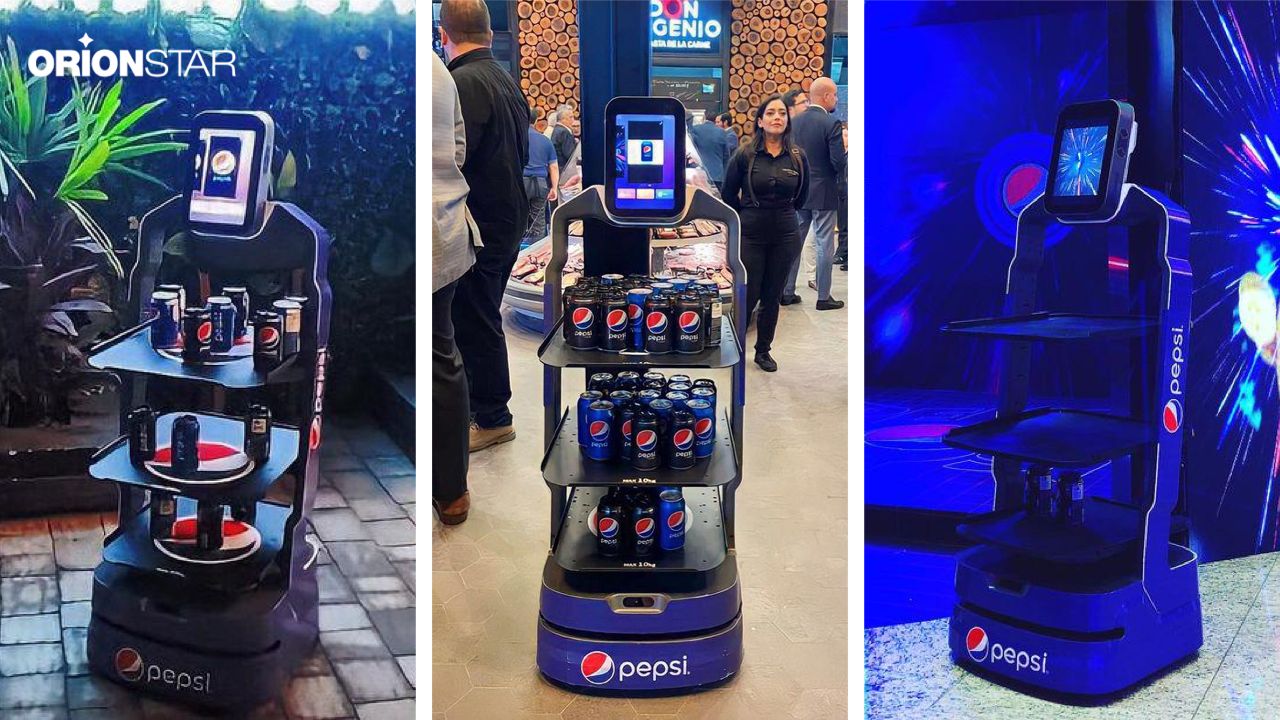
Restaurant in India
At BREWS & BLENDS café, located in Telangana, India, the Greeting Bot Mini provides a seamless dining experience for customers. The robot greets customers at the entrance, guides them to their table and lets them browse the menu on a large touch screen. Customers can place their order and make payment directly on the screen. Once the order has been placed, another robot sends the order to the kitchen and then delivers the dishes directly to the table with a small built-in tray. Thanks to ChatGPT integration, customers can also communicate with the MiniBot, enhancing the customer experience.
John and Judy Gay Library in McKinney, Texas
The John and Judy Gay Library in McKinney, Texas, has implemented OrionStar service robots to enhance the visitor experience and reduce staff workload.
These delivery robots are used to guide customers to the right sections and also put books back. Previously, staff spent a lot of time putting books back on the shelves. Now, the robots perform these tasks, allowing staff to focus on other tasks such as interacting with visitors, grow books collections, hosting workshops and so on. The robots have been well accepted, particularly by the children, who use the robots a lot to put books back on the shelves.
What’s more, programming the robots to guide visitors improves the customer experience by helping them to find their way around the library. This initiative shows how technology can be used to provide better public services.
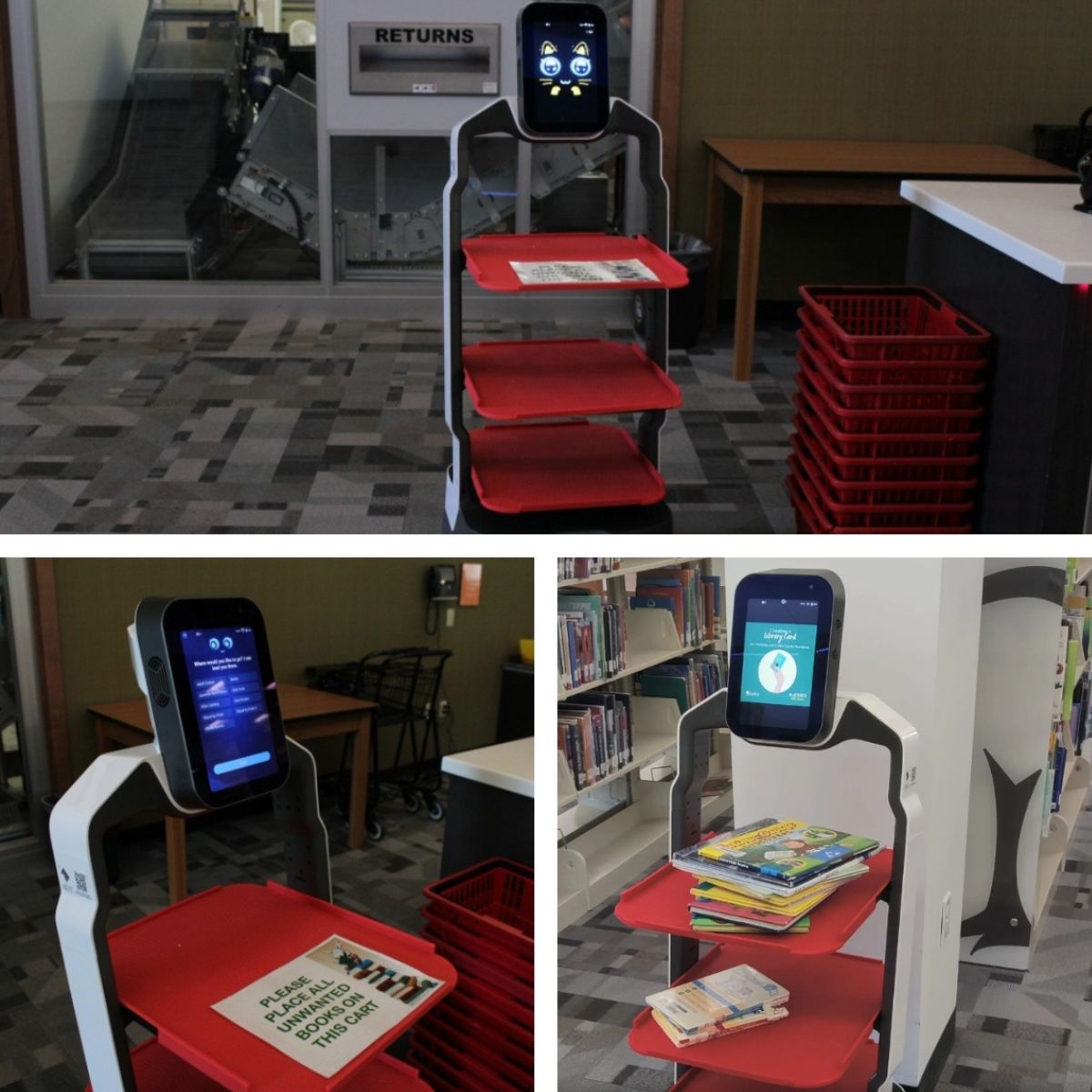
Mottola Grocery restaurant, Winnipeg (Canada)
At Winnipeg’s Mottola Grocery restaurant, two LuckiBot robots were programmed to collect dirty plates and cups, deliver meals to the patrons and interact with the staff and clients. Trained on an ongoing basis, the robots engage customers in conversation with entertaining questions, adding an interactive dimension to the dining experience.
The robots also act as high-tech guides, offering tips on other top restaurants in the area and performing dance demonstrations on request.
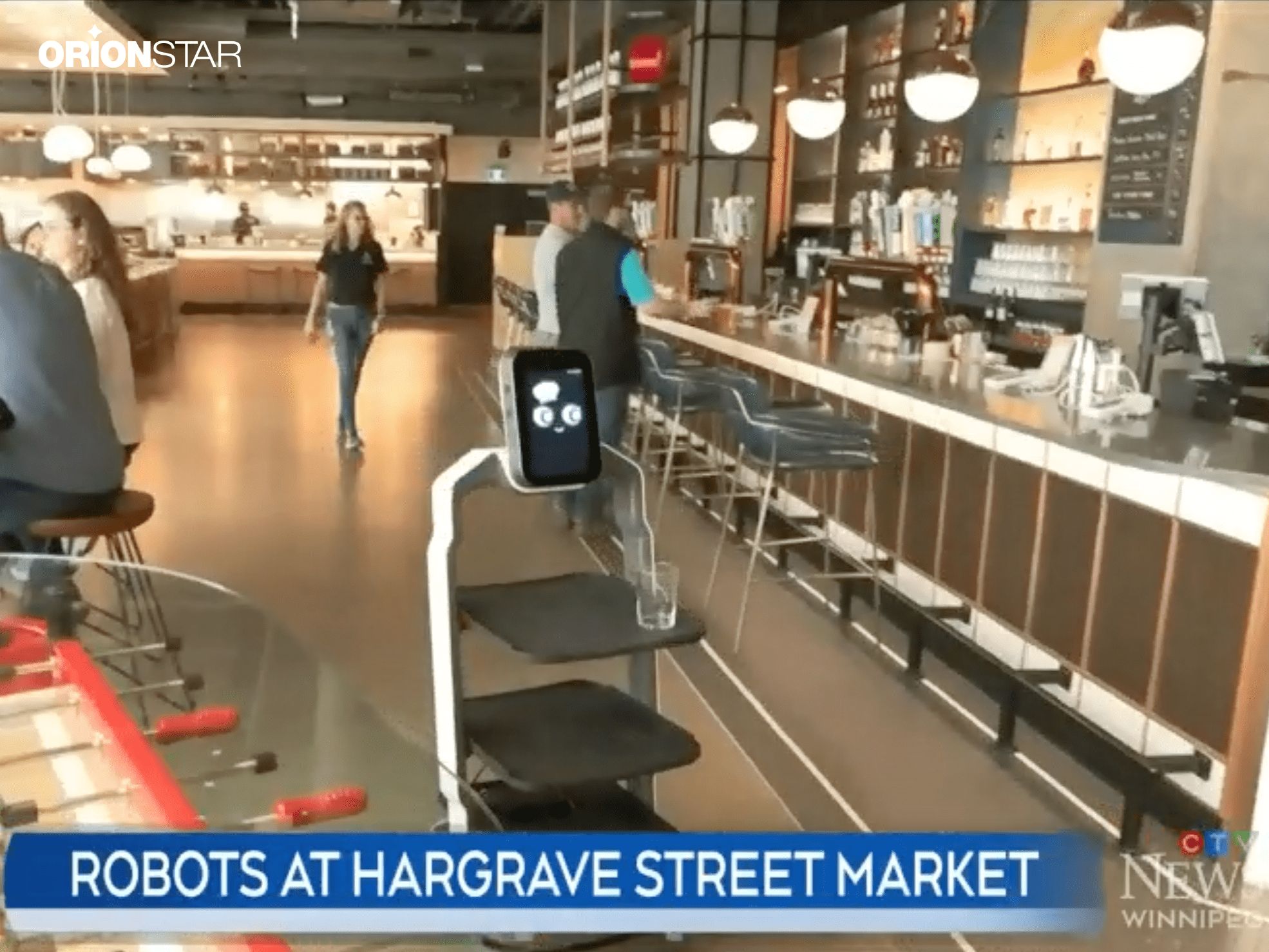
Conclusion
These different scenarios show how OrionStar Robotics has successfully integrated waiter robots into a wide range of industries, transforming the customer experience, improving organisational efficiency and enhancing employee comfort. Human-machine collaboration delivers impressive results, while paving the way for a future where technology continues to redefine the way we interact with services and products.
LuckiBot
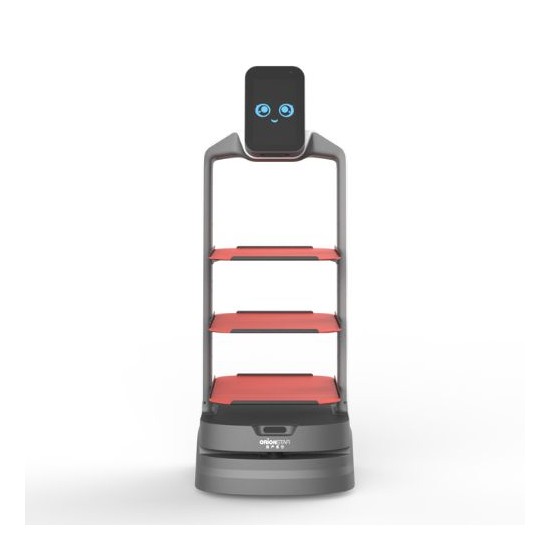
- Autonomy between 10h and 14h
- Payload of 40 kg
- 10.1-inch screen
- Speed 0.5 ~ 1.2 m/s
LuckiBot Pro
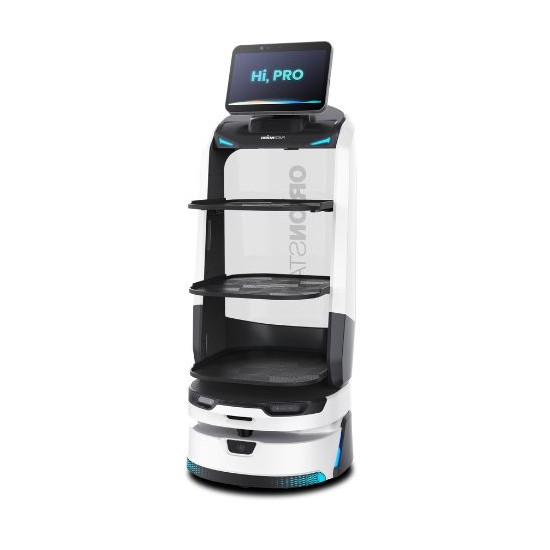
- Autonomy between 14h and 16h
- 60 kg payload
- 14-inch screen
- Speed 0.5 ~ 1.2 m/s
GreetingBot Mini
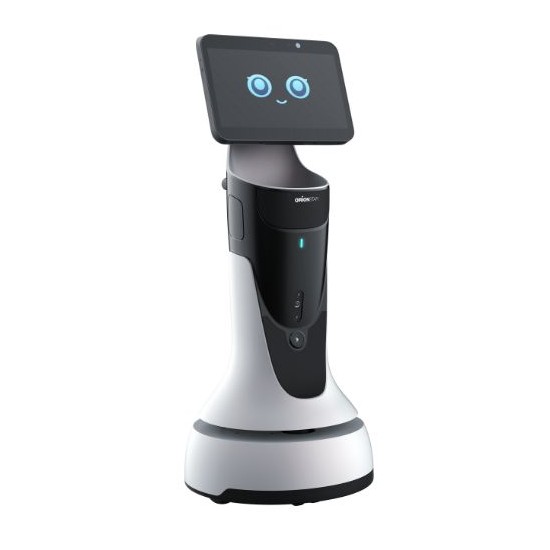
- Autonomy between 10h and 12h
- 14-inch screen
- Self-charging
- 55 cm diameter chassis

